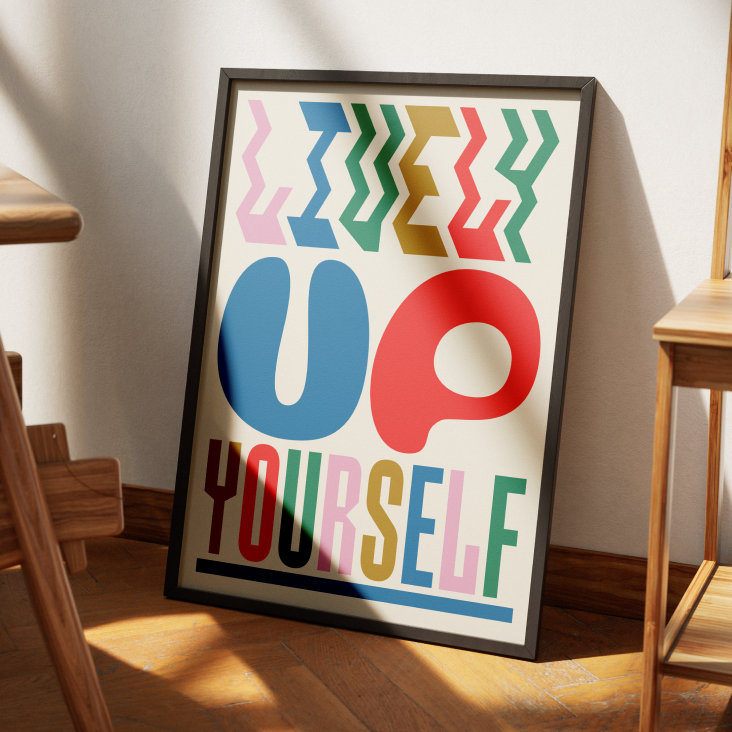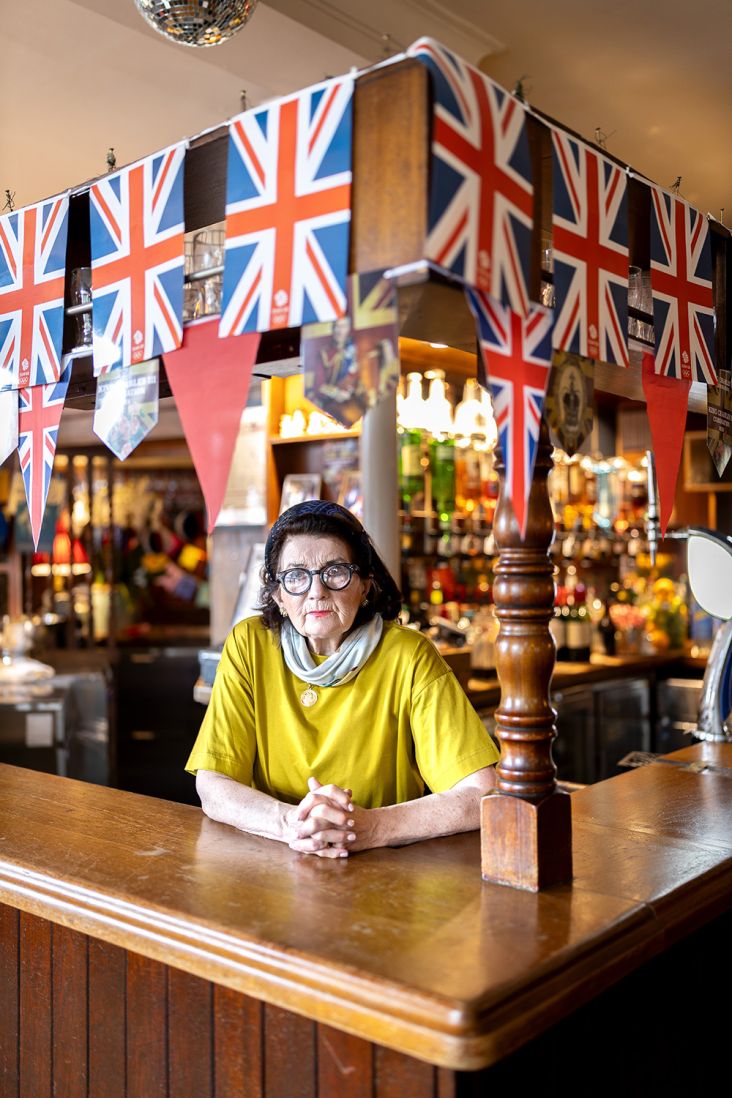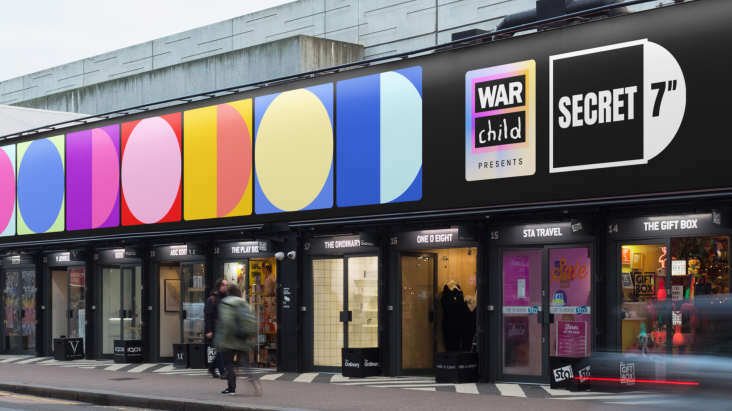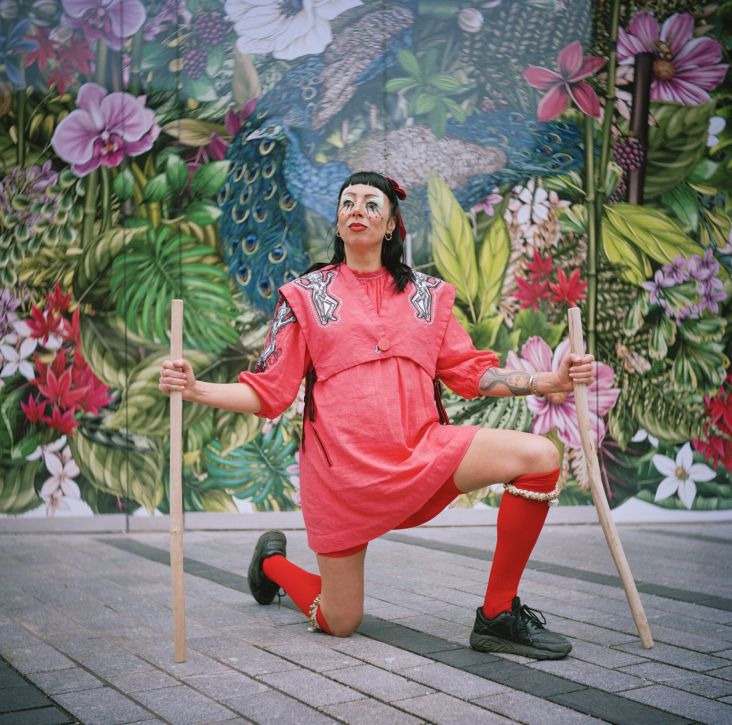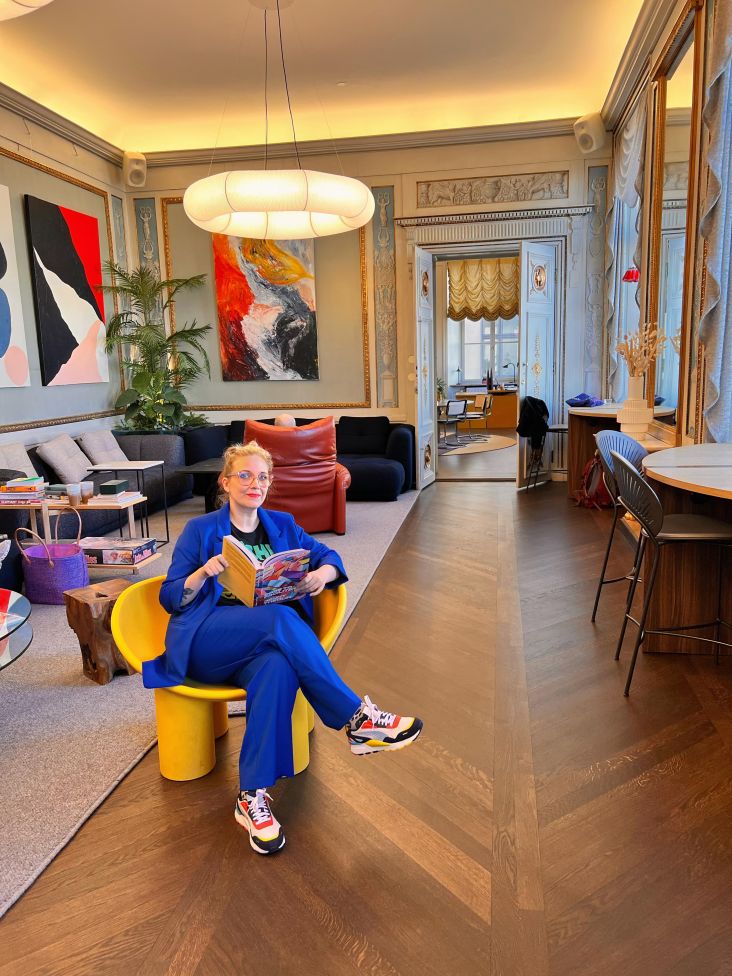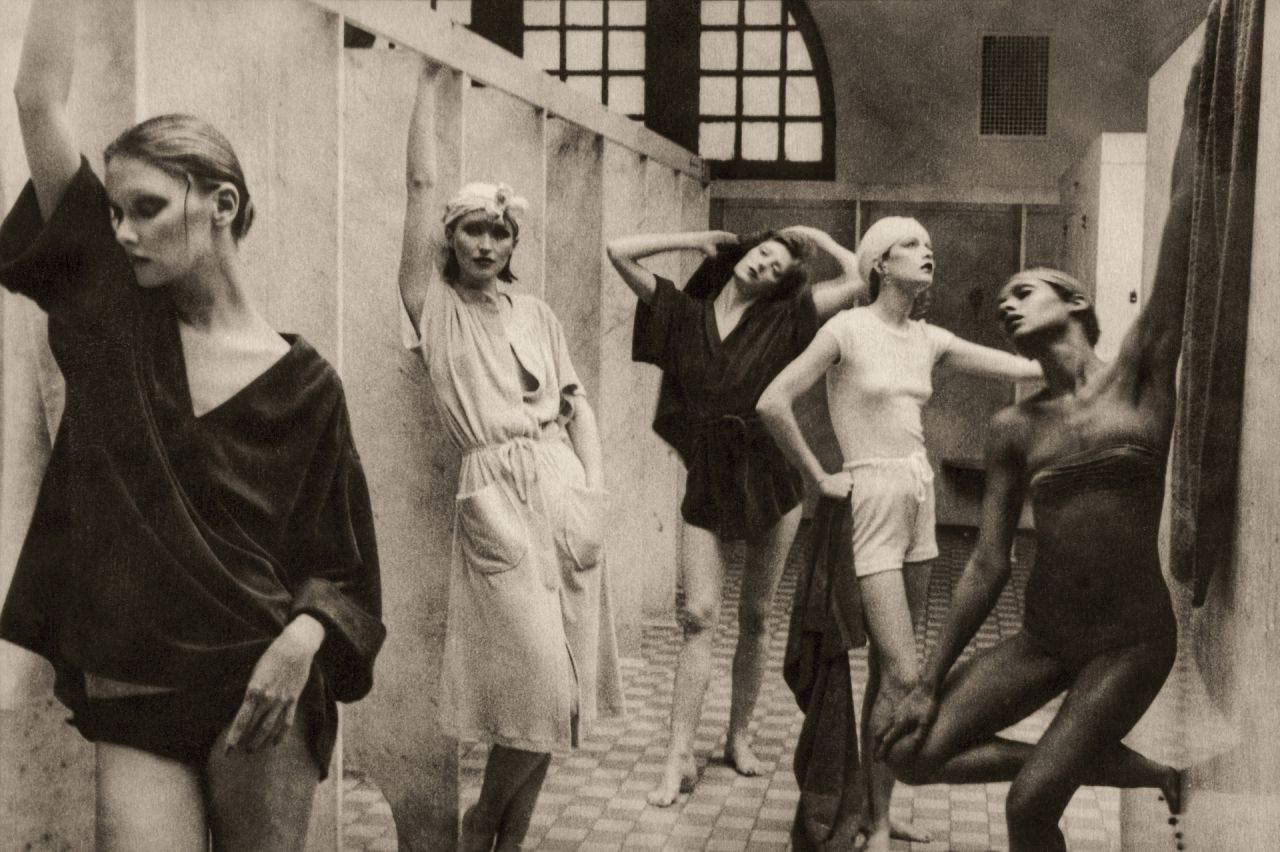
Asser Levy Bathhouse, from the series ‘Bathhouse’, New York, 1975 © Deborah Turbeville
In the world of fashion photography, few names evoke as much mystery and allure as Deborah Turbeville (1932-2013). It's arguable that more than anyone, she transformed the discipline from being purely commercial and functional to becoming an art form in its own right. And the mesmerising tapestry of haunting, dreamlike imagery she created along the way has left an indelible mark on both fashion and the creative world in general.
With a career spanning several decades, Deborah's unique approach to photography challenged conventions and redefined the very essence of beauty and style. But don't feel ashamed if you're not familiar with her work. She's one of the largely unsung heroes in a male-dominated history of photography and one whose work has only recently started to receive the respect it deserves.
Among those spearheading this reappraisal has been Nathalie Herschdorfer. An author and curator specialising in photography, Nathalie is the director of Photo Elysée, Lausanne, Switzerland, one of the most important museums dedicated to photography, and a curator with FEP (Foundation for the Exhibition of Photography). And she's recently been working on Deborah Turbeville: Photocollage, a book that casts fresh light on her work and career.
We chatted with Nathalie to discover what's different about this new book, the thinking behind the design and image choices, and why Deborah Turbeville remains a shining beacon for photographers in the world of 2023.
Who was Deborah Turbeville?
First, though, for the uninitiated: Who was Deborah Turbeville? In short, she was a renowned American fashion photographer known for her distinctive and avant-garde approach to photography.
Born in 1932 in Boston, USA, Deborah initially pursued a career in modelling. These experiences in the fashion industry provided her with a unique perspective when she later transitioned to photography. Her photography career took off in the 1970s when she began working for fashion magazines like Vogue and Harper's Bazaar.
She quickly gained recognition for her unconventional and moody style, like nothing the industry had previously seen. Her images often featured models in surreal, dreamlike and atmospheric settings, and she was known for using soft focus and muted colours, creating a sense of mystery and ambiguity.
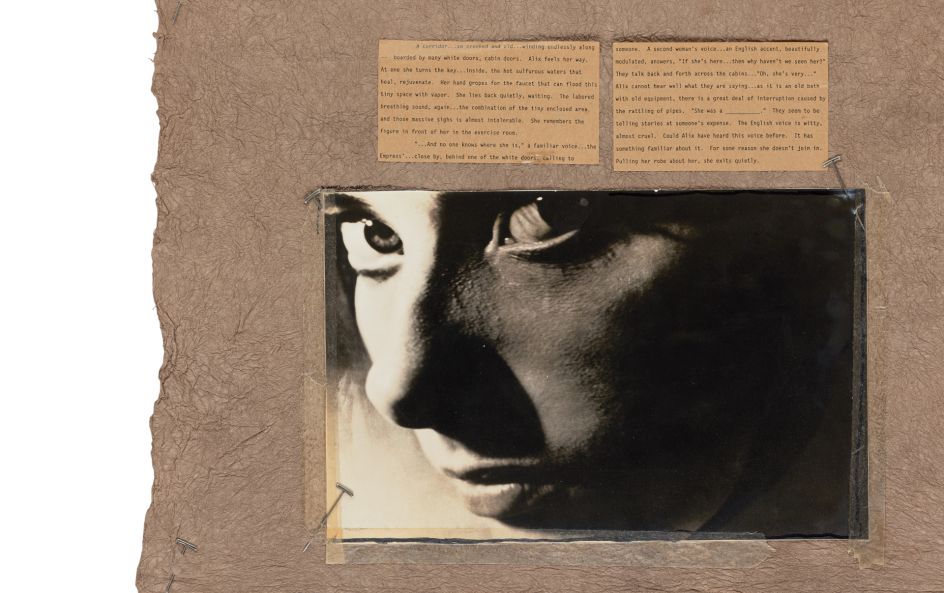
From Passport: Concerning the Disappearance of Alix, 1990 © Deborah Turbeville
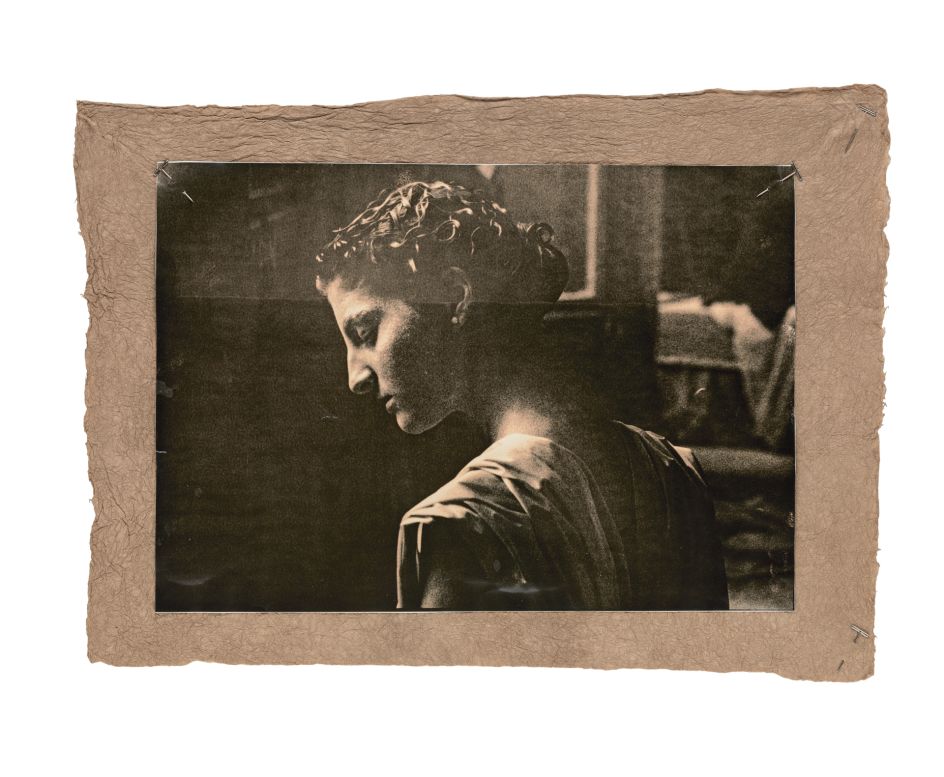
From Passport: Concerning the Disappearance of Alix, 1990 © Deborah Turbeville
In other words, while fashion photographers at the time typically focused on showcasing clothing and accessories, Deborah's images instead emphasised mood, emotion and storytelling. She also used unconventional locations and posed her models in ways that challenged traditional beauty standards.
This revolutionary approach influenced countless others and ultimately changed fashion photography forever. And yet, her name remains relatively unknown, something this new book will hopefully help to change.
The book's creative journey
The journey towards Deborah Turbeville: Photocollage began a decade ago when Nathalie Herschdorfer embarked on a project focused on the history of fashion photography. Her objective was to explore the intersection of fashion photography and the art world, a theme that had been gaining significance but was still relatively underexplored.
This endeavour led her to the archives of Condé Nast, where she gained a deeper understanding of Turbeville's work. Then, a few years ago, Nathalie was approached by the MUUS Collection, who invited her to look at their archives. "In terms of Deborah Turbeville's work, they had everything," she recalls. "It's not like they had a few prints or a few series; they had the entire studio negatives, contact sheets, everything like that. So that was really interesting to me."
And the timing couldn't have been more perfect. "I'd been thinking that we curators should be paying more attention to female artists," Nathalie explains. "And from what I could see, Deborah had been working away but not making a lot of noise, just doing what she had to do. So it was important to me, as a historian, a curator and a museum director, that we pay her a bit more attention."
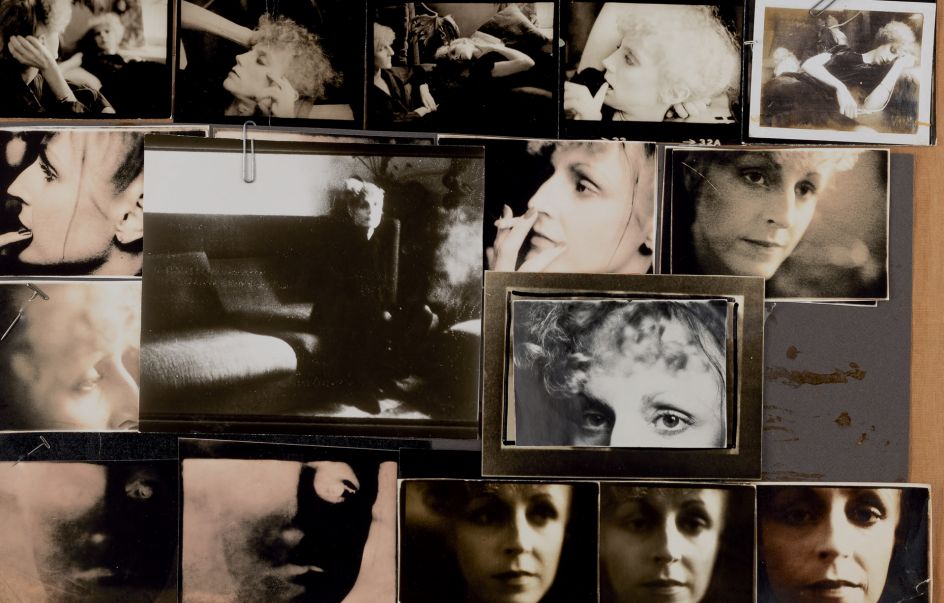
Untitled, New York, late 1970s–early 1980s © Deborah Turbeville
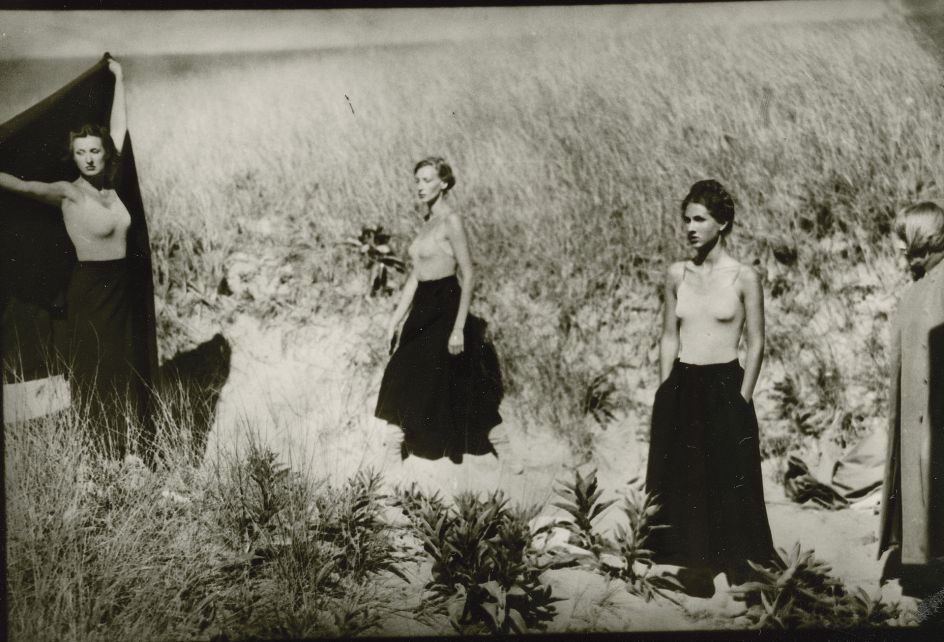
Untitled, from the series ‘Block Island’, Block Island, Rhode Island, 1976 © Deborah Turbeville
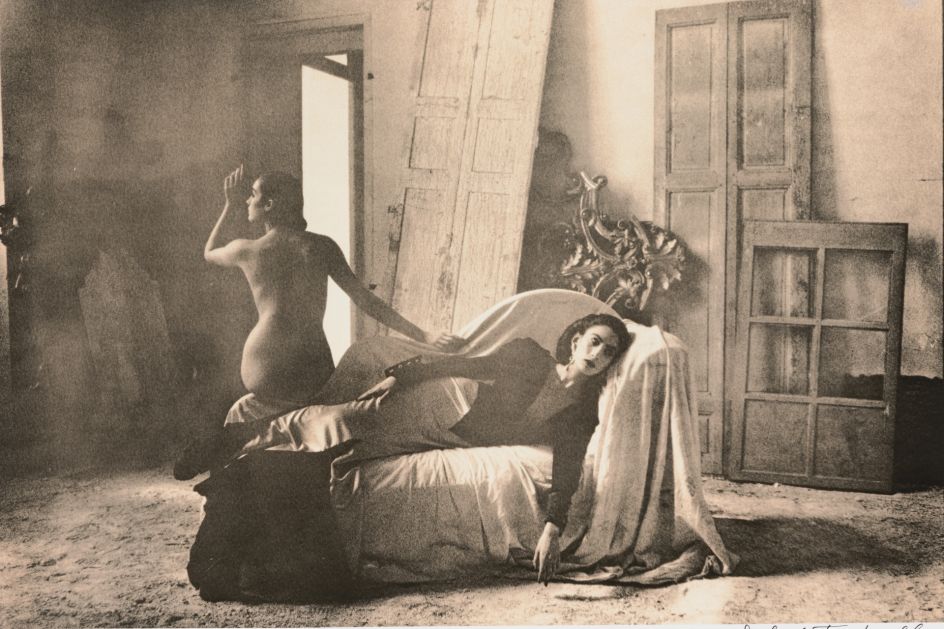
Chateau Raray, Raray, France, 1985 © Deborah Turbeville
In that light, Nathalie was keen to move beyond the photographer's best-known work and find the unseen gems in the collection. "So my initial approach was to work with the people in the archives and ask them specifically: What is unseen? What is unknown. What is not iconic? Even unpublished images: what else do you have?"
Unseen work
For Nathalie, one of the most striking revelations during the project was the discovery of Turbeville's photo collages. These unusual works were created with scissors, pins, glue and other physical tools, leaving behind marks and traces of the artist's process. And it was this very physicality and hands-on approach that most intrigued Nathalie.
"I was excited because we live in this digital world where everything is neat and clean but kind of flat and bright," she explains. "And these collages I discovered, they were very physical objects. Sometimes, you see that she decided to glue and then changed her mind; she had another idea. But you can still see the mark where she put the glue, where it slightly damaged the paper.
"So I found it really interesting, in a world where everything's so clean and pixel-perfect," she adds. "And I realised these collages were a natural way for me to go back and reintroduce her legacy in a new light."
Inspiring a new generation
As well as Deborah's work itself, Nathalie also feels we can be inspired by her life and character. "She didn't try to be fashionable," she explains. "She didn't try to copy what others did to be successful. She didn't compromise too much. So I think she was quite a strong character. I interviewed some people who were around in the art world at the time, and they all remember she had her own style, a signature style."
All of this was pretty rare in the early 1970s, especially for a woman. "It was a world that was quite tough," explains Nathalie. "It was about big names and big guys. And so for me, knowing that she was a woman and had to struggle in that world to be recognised makes me even more inspired by her."
Strangely contemporary
Perhaps most striking about the book is that the selection of Deborah's work, despite being half a century old, actually feels remarkably contemporary. That's surely a testament to how influential she's been and how her refusal to conform to popular trends has left an enduring impact on the world of photography.
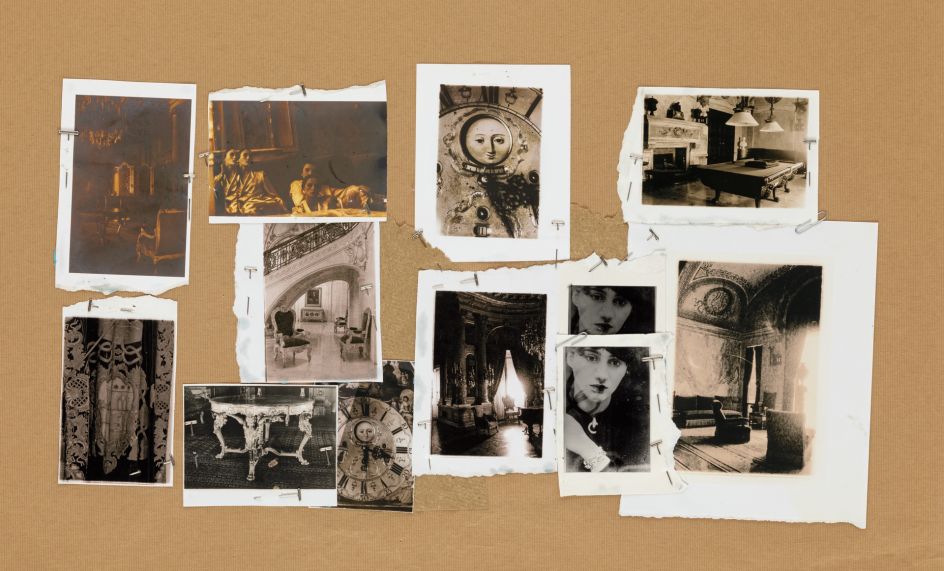
Views of staircase, salons, billiard room and curtained room off the foyer of The Breakers, from the series ‘Newport Remembered’, Newport, Rhode Island, 1992–9 © Deborah Turbeville
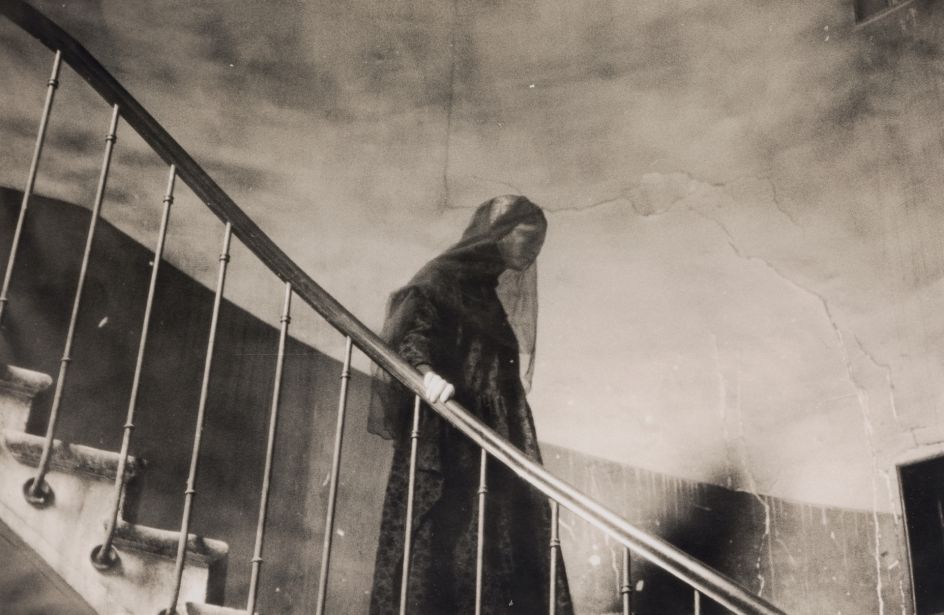
Comme des Garçons, Escalier dans Passage Vivienne, Paris, from the series ‘Comme des Garçons’, Passage Vivienne, Paris, 1980 © Deborah Turbeville
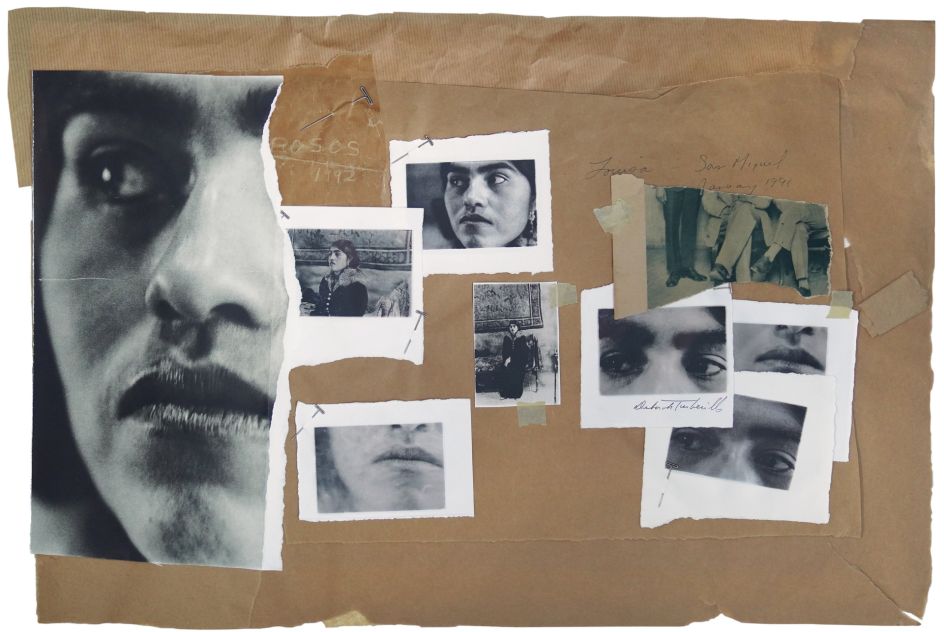
Louisa San Miguel, San Miguel de Allende, Guanajuato, Mexico, January 1991 © Deborah Turbeville
Creating a book that does justice to this legacy, in itself, is no small feat. Nathalie worked closely with the MUUS collection and the archives to uncover the hidden gems within Turbeville's body of work. The book's design and layout have been meticulously crafted to evoke the materiality and physicality of Turbeville's collages, ensuring that readers can appreciate the unique qualities of her art.
Deborah Turbeville: Photocollage not only pays homage to a pioneering artist but also sheds light on the underappreciated aspects of her work. Nathalie's passion for uncovering hidden treasures within the archives has resulted in a book that is not just a by-numbers retrospective but a vivid and engaging celebration of an enduring influence and artistic integrity.
As we navigate a world of new technologies, it's a breath of fresh air to discover (or rediscover) Deborah Turbeville's work. This superbly edited and produced book offers a great deal to a new generation of artists and photographers.
Deborah Turbeville: Photocollage by Nathalie Herschdorfer is published by Thames & Hudson. Photo Elysée presents the exhibition Deborah Turbeville: Photocollage between now and 25 February 2024. All information: Deborah Turbeville – Photo Elysée at elysee.ch.





 by Tüpokompanii](https://www.creativeboom.com/upload/articles/58/58684538770fb5b428dc1882f7a732f153500153_732.jpg)


 using <a href="https://www.ohnotype.co/fonts/obviously" target="_blank">Obviously</a> by Oh No Type Co., Art Director, Brand & Creative—Spotify](https://www.creativeboom.com/upload/articles/6e/6ed31eddc26fa563f213fc76d6993dab9231ffe4_732.jpg)








